
Walter Houser Brattain was an American physicist at Bell Labs who, along with fellow scientists John Bardeen and William Shockley, invented the point-contact transistor in December 1947. They shared the 1956 Nobel Prize in Physics for their invention. Brattain devoted much of his life to research on surface states.

The Technion – Israel Institute of Technology is a public research university located in Haifa, Israel. Established in 1912 under the dominion of the Ottoman Empire, the Technion is the oldest university in the country. The Technion is ranked as the top university in both Israel and the Middle East, and in the top 100 universities in the world in the Academic Ranking of World Universities of 2019.
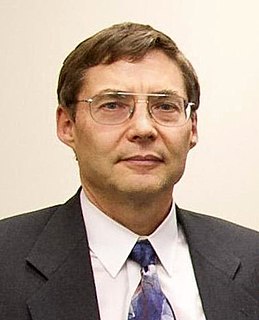
Carl Edwin Wieman is an American physicist and educationist at Stanford University, and currently the A.D White Professor at Large at Cornell University. In 1995, while at the University of Colorado Boulder, he and Eric Allin Cornell produced the first true Bose–Einstein condensate (BEC) and, in 2001, they and Wolfgang Ketterle were awarded the Nobel Prize in Physics. Wieman currently holds a joint appointment as Professor of Physics and Professor in the Stanford Graduate School of Education, as well as the DRC Professor in the Stanford University School of Engineering. In 2020, Wieman was awarded the Yidan Prize in Education Research for "his contribution in developing new techniques and tools in STEM education." citation.

Mohammad Abdus Salam was a Pakistani theoretical physicist and a Nobel Prize laureate. He shared the 1979 Nobel Prize in Physics with Sheldon Glashow and Steven Weinberg for his contribution to the electroweak unification theory. He was the first Pakistani and the first from an Islamic country to receive a Nobel Prize in science and the second from an Islamic country to receive any Nobel Prize, after Anwar Sadat of Egypt.

Netivot is a city in the Southern District of Israel located between Beersheba and Gaza. In 2019, it had a population of 37,542.

Kiryat Gat, also spelled Qiryat Gat, is a city in the Southern District of Israel. It lies 56 km south of Tel Aviv, 43 km (27 mi) north of Beersheba, 45 km (28 mi) and 68 km (42 mi) from Jerusalem. In 2019 it had a population of 57,105. The city hosts one of the most advanced semiconductor fabrication plants in the world, Intel's Fab 28 plant producing 7 nm process chips and the currently under construction Fab 38 planned to open in 2024 and to produce 5 nm process using EUV lithography.
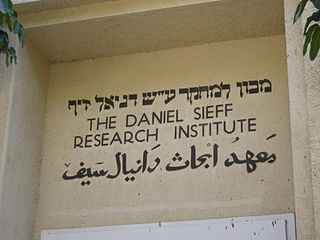
The Weizmann Institute of Science is a public research university in Rehovot, Israel, established in 1934, 14 years before the State of Israel. It differs from other Israeli universities in that it offers only postgraduate degrees in the natural and exact sciences.
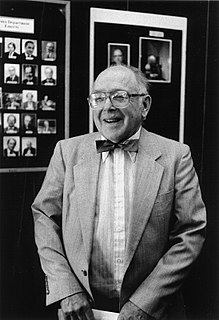
Clifford Glenwood Shull was a Nobel Prize-winning American physicist.
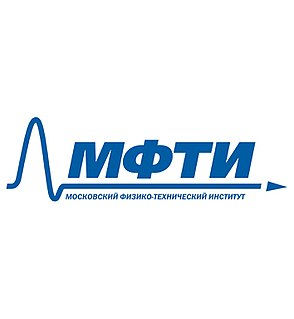
Moscow Institute of Physics and Technology, is a public research university located in Moscow Oblast, Russia. It prepares specialists in theoretical and applied physics, applied mathematics and related disciplines.

Nagoya University, abbreviated to Meidai (名大) or NU, is a Japanese national research university located in Chikusa-ku, Nagoya. It was the seventh Imperial University in Japan, one of the first five Designated National University and selected as a Top Type university of Top Global University Project by the Japanese government. It is the 3rd highest ranked higher education institution in Japan.
Since the first award in 1901, conferment of the Nobel Prize has occasionally engendered criticism and controversy. After his death in 1896, the will of Swedish industrialist Alfred Nobel established that an annual prize be awarded for service to humanity in the fields of physics, chemistry, physiology or medicine, literature, and peace. Similarly, the Sveriges Riksbank Prize in Economic Sciences in Memory of Alfred Nobel is awarded along with the Nobel Prizes.

The University of Hamburg is a public research university in Hamburg, Germany. It was founded on 28 March 1919 by combining the previous General Lecture System, the Hamburg Colonial Institute, and the Academic College. The main campus is located in the central district of Rotherbaum, with affiliated institutes and research centres distributed around the city-state.
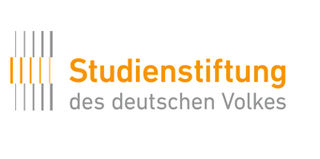
The German Academic Scholarship Foundation is Germany's largest and most prestigious scholarship foundation. According to its statutes, it supports "the university education of young people who, on account of their exceptional academic or artistic talents and their personalities, can be expected to make an outstanding contribution to society as a whole". The Studienstiftung is non-political, non-denominational and ideologically independent. Its headquarters are located in Bonn; it also has an office in Berlin. The current president is Reinhard Zimmermann, and the President of Germany, Frank-Walter Steinmeier, is patron (Schirmherr).
Canadian Association of Physicists (CAP), or in French Association canadienne des physiciens et physiciennes (ACP) is a Canadian professional society that focuses on creating awareness among Canadians and Canadian legislators of physics issues, sponsoring physics related events, physics outreach, and publishes Physics in Canada. It was founded in July 1945. The organization has over 1,600 members and is bilingual, functioning in English and French.
This article describes the selection process, by country, for entrance into the International Mathematical Olympiad.
Carl M. Bender is an American applied mathematician and mathematical physicist. He currently holds the Wilfred R. and Ann Lee Konneker Distinguished Professorship of Physics at Washington University in St. Louis. He also has joint positions as Professor of Physics at the University of Heidelberg and as Visiting Professor of Applied Mathematics and Mathematical Physics at Imperial College, London.

Defence Institute of Advanced Technology (DIAT) is the premier engineering training institute under the Department of Defence Research & Development, Ministry of Defence, Government of India. DIAT (DU) is specialized in the training of officers of Defence Research Organizations, IOFS, Defence PSUs, ship building agencies like Garden Reach Shipbuilders & Engineers, Cochin and Goa Shipyards, Mazagon Dock Shipbuilders and armed forces of friendly countries and other central and state government agencies.
Ukrainian Physicists' Tournament for University Students is a creative team competition of university students targeted to realize their potential through solving complicated scientific problems and defending their research projects in a scientific discussion, called Physics Fight. Is a part of International Physicists' Tournament.

The Ilan Ramon Youth Physics Center was established in honor of Ilan Ramon, Israel's first astronaut. The center was established in 2007 by the Rashi foundation in order to allow high school students that are interested in physics access to high grade laboratory and astronomy equipment. The center is located at the Ben Gurion University of the Negev and hosts students of all ages and of a wide cultural variety.
Tasneem Zehra Husain is a Pakistani theoretical physicist. She is one of few Pakistani women to obtain a doctorate in physics, and the first Pakistani woman string theorist. An eminent scientist, she has been a guest speaker at a various schools and colleges in an effort to promote science and technology in Pakistan.













